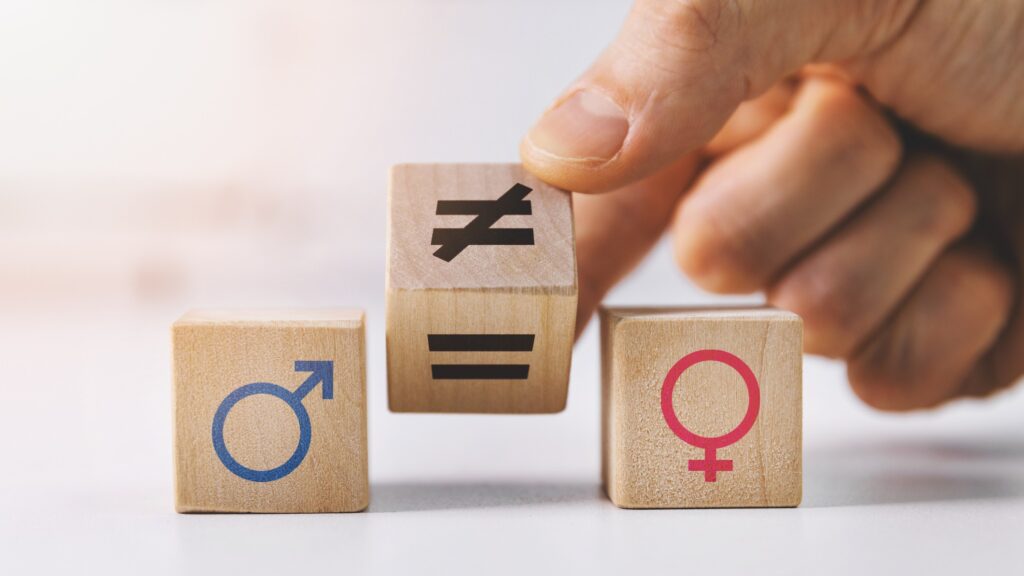Category: Current Affairs | Social Development | Gender Equality
Date: June 2025
Published by: IndianCurrentAffairs.com
🔍 Overview of the WEF Gender Gap Index 2025
The World Economic Forum (WEF) has released its Global Gender Gap Report 2025, and India’s position has dropped to 131st out of 146 countries, signaling persistent gender disparities across economic, political, educational, and health dimensions. Despite incremental improvements in specific sectors, India continues to lag behind its South Asian neighbors, raising urgent concerns about the country’s progress in ensuring gender equality.
📊 What is the Gender Gap Index?
The Gender Gap Index, first introduced by the WEF in 2006, ranks countries based on their performance in closing the gender gap across four key areas:
- Economic Participation and Opportunity
- Educational Attainment
- Health and Survival
- Political Empowerment
Each of these categories is scored between 0 and 1, where 1 represents full gender parity.
🇮🇳 India’s Performance in Key Indicators
Let’s take a look at how India fared across the four key parameters:
🏦 Economic Participation and Opportunity
India continues to struggle in this segment, ranking 145th. The female labor force participation rate remains low, and the gender pay gap is still a major concern. Women occupy fewer leadership roles and face systemic barriers to equal pay and employment opportunities.
🎓 Educational Attainment
India shows a relatively better score in educational attainment, standing at 109th, thanks to expanding access to primary and secondary education. However, dropout rates for girls in rural areas and gender biases in higher education continue to hinder progress.
🏥 Health and Survival
Ranked at 142nd, India’s performance in the health and survival category remains among the poorest globally. Skewed sex ratios at birth and unequal access to healthcare contribute to this alarming statistic.
🏛️ Political Empowerment
India ranked 65th in political empowerment, largely due to the presence of women in top leadership roles like the Lok Sabha and various state assemblies. However, the percentage of women in ministerial positions remains limited, and grassroots political representation of women still requires attention.
🌍 How India Compares Globally and Regionally
India’s 131st rank places it behind many of its neighboring countries:
- Bangladesh: 99th
- Nepal: 115th
- Sri Lanka: 122nd
- Bhutan: 127th
Globally, Iceland retained the top spot for the 15th consecutive year, followed by Finland, Norway, and New Zealand.
📉 Decline from Previous Year
In 2024, India ranked 127th. The slip to 131st in 2025 reflects the lack of major policy implementation and societal shifts needed to address deep-rooted inequalities. Experts believe that while schemes such as Beti Bachao, Beti Padhao and POSHAN Abhiyan have made localized impacts, a wider structural overhaul is required to bridge the gender gap effectively.
💡 Expert Opinion
Social scientists and gender rights advocates stress that gender parity is not just a human rights issue but also an economic one. According to a report by the McKinsey Global Institute, advancing women’s equality could add $700 billion to India’s GDP by 2030. The WEF’s report serves as a reminder that empowering women is essential for sustainable development and economic growth.
🛤️ What Needs to Be Done?
To improve its global ranking, India must:
- Increase female workforce participation through safer workspaces, childcare support, and equal pay.
- Strengthen legal frameworks to combat gender-based violence and discrimination.
- Enhance healthcare access for women and address nutrition gaps.
- Invest in leadership training and political representation for women.
- Address cultural stereotypes that hinder gender equality from the grassroots level.
🔚 Conclusion
India’s slip to the 131st position in the WEF Gender Gap Index 2025 is a call to action. While there have been notable efforts at policy and institutional levels, the ground reality remains stark. Gender equality is a long journey, and India must intensify its efforts across sectors to ensure a more inclusive and equitable future.
For more updates on India’s development and socio-political landscape, visit IndianCurrentAffairs.com regularly.

